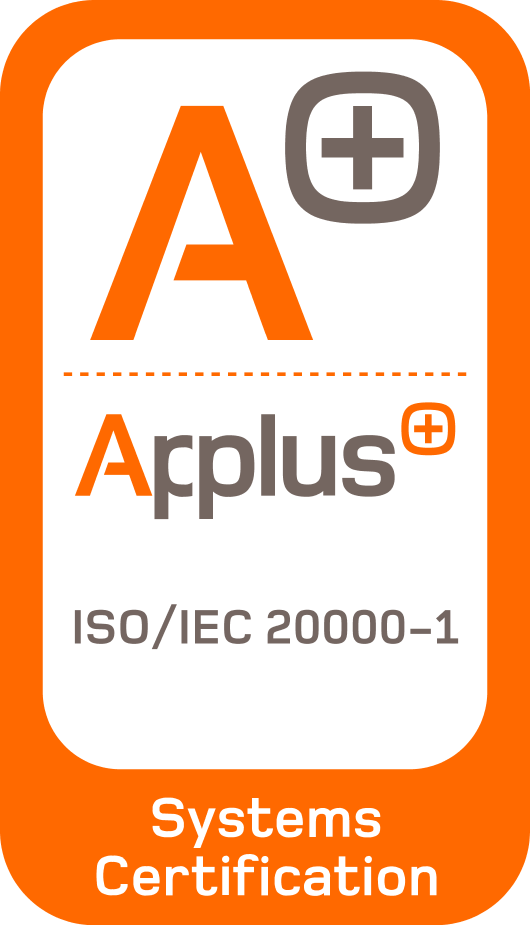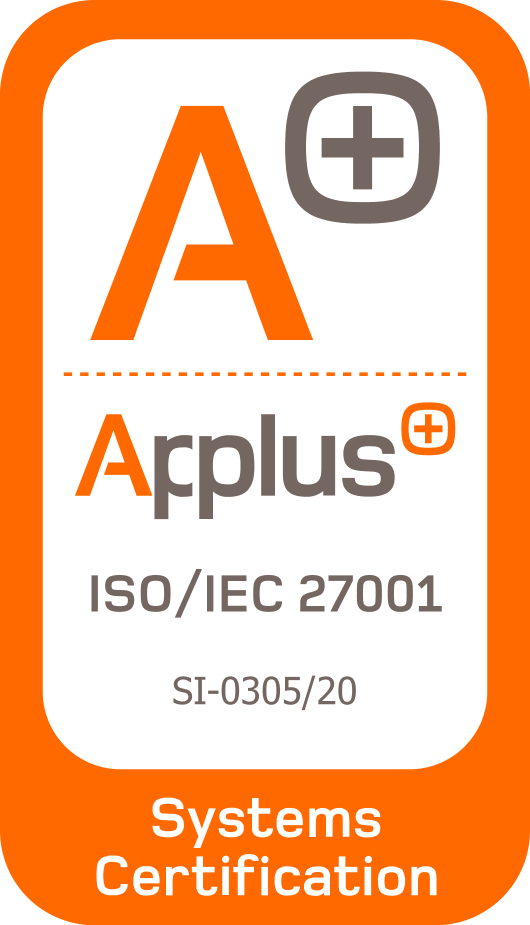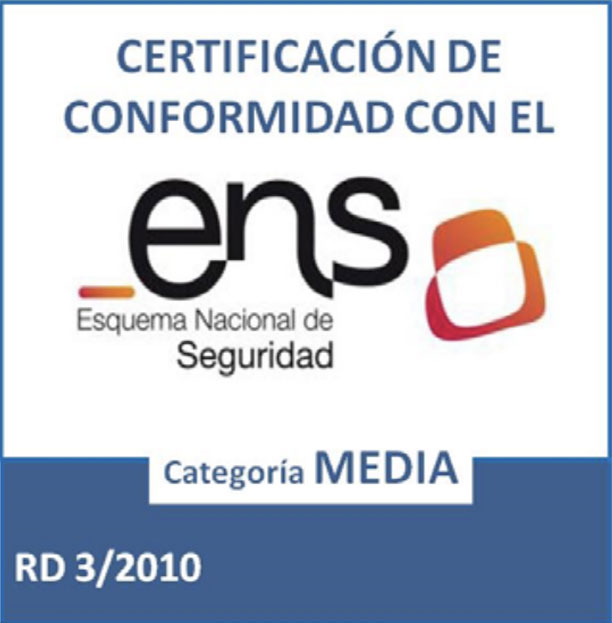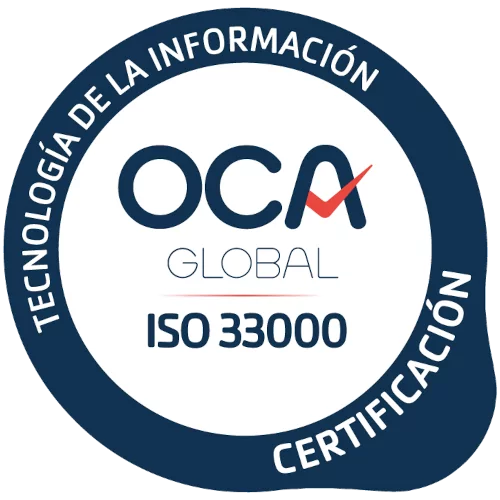
7 Advantages of a Design System
In digital product development, consistency, efficiency and collaboration are essential to ensure a high quality product.
A Design System is a tool that helps achieve these goals by providing a unified set of resources, rules and components that guide the design and construction of interfaces.
But why are so many organisations investing in implementing one?
Below, we explore the top seven benefits of having a Design System and how they transform design and development processes.
1. Coherence and consistency
A Design System ensures that all visual and functional aspects of an application maintain a uniform style. This not only strengthens brand identity, but also enhances the user experience by creating predictable and easy-to-use interfaces. For example, colours, fonts and buttons will follow the same standards, whether in a mobile app, website or enterprise software.
2. Development efficiency
By having pre-defined and tested components, development teams can build user interfaces more quickly. This significantly reduces development times and minimises errors, allowing teams to focus on innovating rather than reinventing basic elements.
3.Reusability and modularity
The components of a Design System are designed to be reusable, which promotes efficiency and facilitates scalability. Whether in different sections of the same application or in future projects, the elements of the system can be adapted without the need to redesign them from scratch.
4. Facilitates collaboration
A Design System acts as a common language between designers, developers and other team members, eliminating misunderstandings and promoting effective communication. This ensures that design and development are perfectly aligned, saving time and effort at every stage of the project.
5. Simplified maintenance
By centralising design resources and components, a Design System makes it easy to implement updates or modifications. For example, if a colour or button style needs to be adjusted, simply update it in the system and the change is reflected throughout the application. This reduces the workload and ensures that everything is aligned with current standards.
6. Improve the user experience (UX)
The consistency and familiarity of an interface supported by a Design System improves usability and accessibility. This leads to a more satisfying user experience, as the user knows what to expect and can intuitively interact with the product.
7.Flexibility and scalability
A Design System is designed to adapt to changing business needs and design trends. In addition, it can evolve to include new components and functionalities, ensuring that the system is as dynamic as the products it supports.
Use cases for applying a Design System
A Design System is a versatile tool that can benefit projects of various industries and sizes. Its ability to standardise and optimise interface design and development makes it ideal in contexts where consistency, efficiency and collaboration are key. Here are some of the most common cases where a Design System brings significant value:
- Mobile application development: Create consistent and efficient interfaces on iOS and Android.
- Corporate website design: Ensure a uniform brand identity across all pages.
- Internal enterprise software: Standardise complex interfaces for internal tools.
- SaaS (Software as a Service) products: Scale and maintain platforms with multiple functionalities.
- E-commerce: Maintain visual and functional consistency in catalogues, carts and checkout processes.
- Multi-channel: Deliver unified experiences across web, mobile and desktop platforms.
- Remote team integration: Facilitate collaboration between designers and developers in different locations.
In conclusion, we would like to summarise that Design System can become an essential ally for organisations seeking efficiency, consistency and scalability in their products. From improving the user experience to simplifying maintenance, its advantages are innumerable. Implementing a Design System not only optimises current processes, but also lays the foundation for sustainable growth and constant innovation in the future.
Luce IT, your trusted technology innovation company
Luce’s story is one of challenge and non-conformity, always solving value challenges by using technology and data to accelerate digital transformation in society through our clients.
We have a unique way of doing consultancy and projects within a collegial environment creating “Flow” between learning, innovation and proactive project execution.
At Luce we will be the best by offering multidisciplinary technological knowledge, through our chapters, generating value in each iteration with our clients, delivering quality and offering capacity and scalability so that they can grow with us.
>> Would you like to work with Luce again?
>> Luce 2023 Master Plan: Winning the Game







